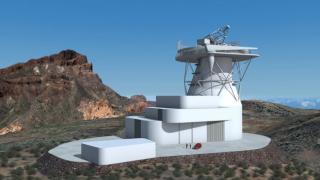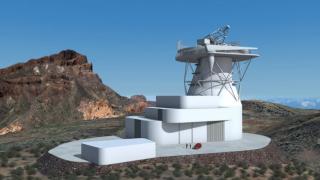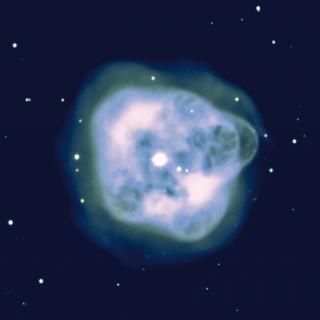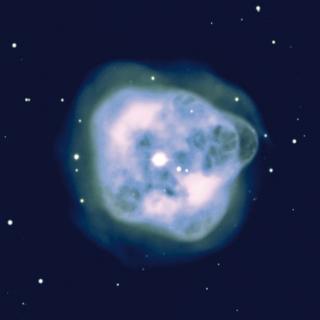
The EST (European Solar Telescope) project, led by the Instituto de Astrofísica de Canarias (IAC) to construct the largest solar telescope in Europe in the Canary Island Observatories, will be receiving 4 million euros from the European Commission, of the 11 million which will be needed for the preparatory phase. In this way the European Unión gives renewed support to this research infrastructure, selected as strategic in March 2016.
Advertised on




